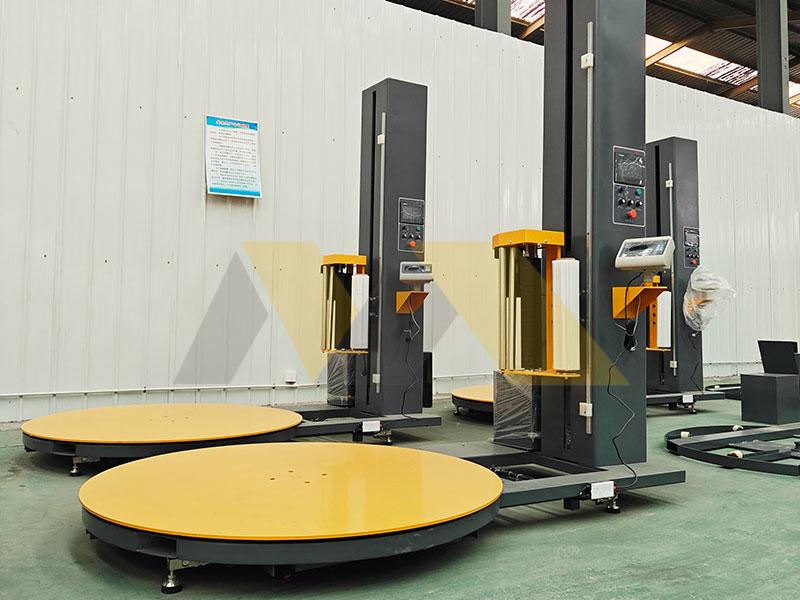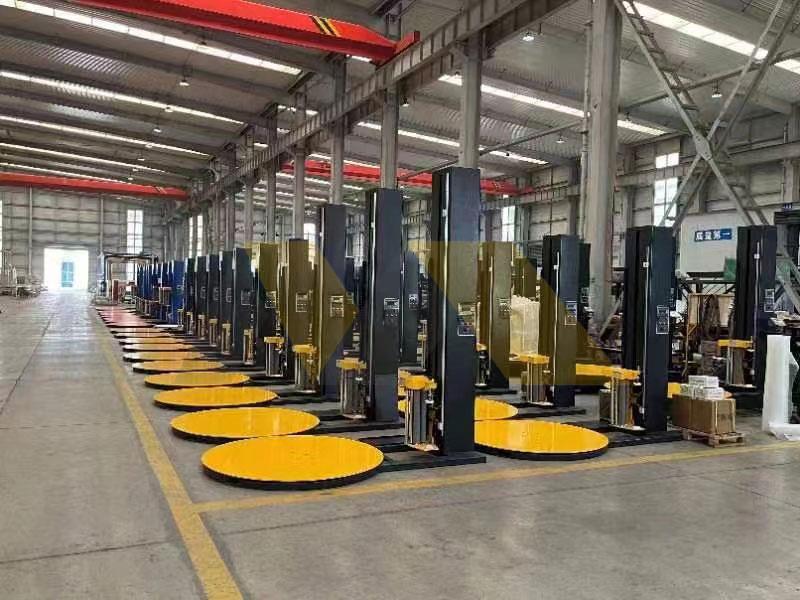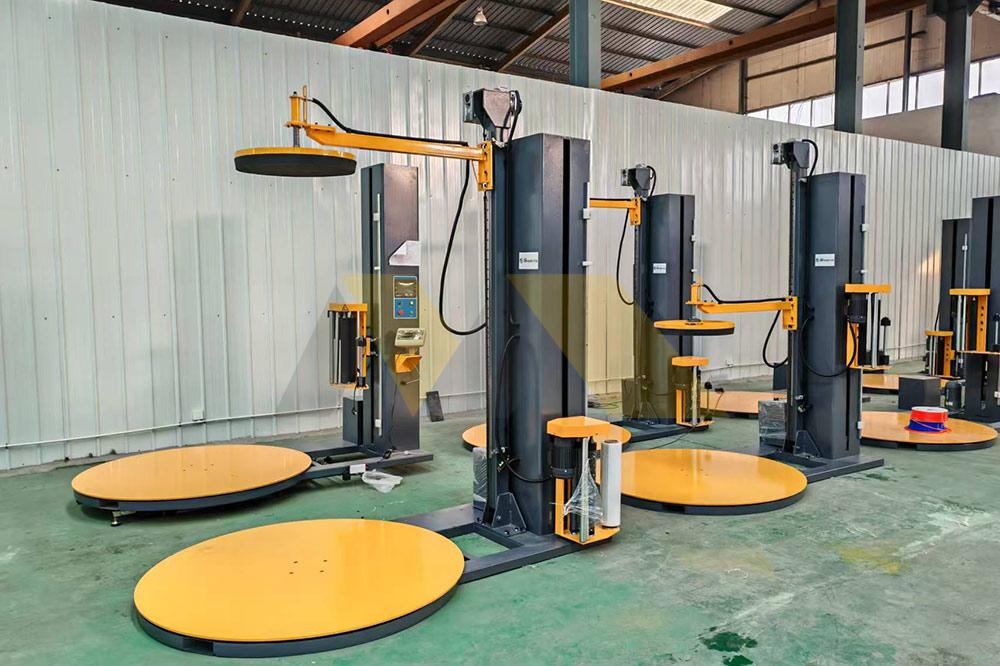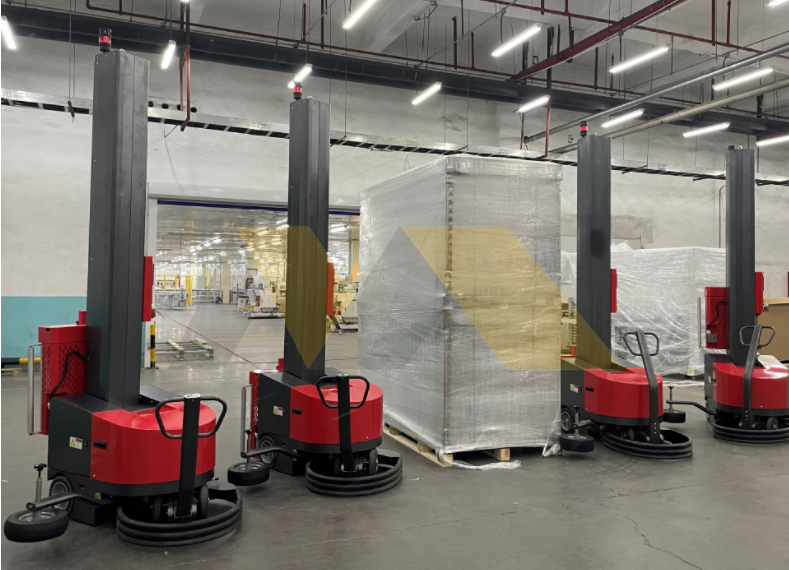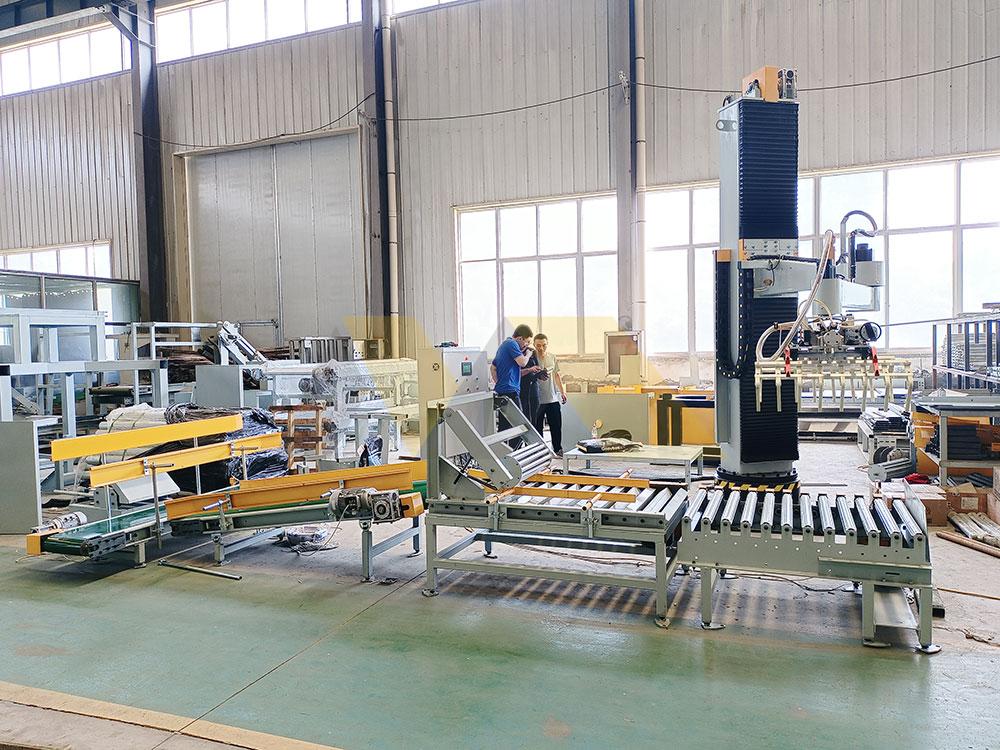
When a Colombian coffee producer installed our CPX-300 palletizer using our smart manual, they achieved full operation in 16 hours – 71% faster than competitors’ average. Here’s the blueprint for DIY success1.
Seven critical non-specialist steps: 1) Validate floor flatness (<=3mm/m²), 2) Assemble pre-aligned columns with RFID tags, 3) Torque M24 bolts to 340Nm precisely, 4) Prime hydraulic system with ISO VG32 oil, 5) Calibrate IR safety sensors (0.8m height), 6) Load pre-configured PLC settings via USB, 7) Conduct 15-minute test cycle. Our QuickLock system enables 95% connection accuracy through color-coded ports – tested in 4.7°C Chilean fish plants.
What Is the Difference Between High Level and Low Level Palletizers?
A Moroccan cement plant’s \$240k mistake choosing high-level units taught us height differences dictate success. See 2024’s decisive data.
| Performance Matrix | Parameter | High-Level (7-10m) | Low-Level (0-2m) |
|---|---|---|---|
| Cycle Rate | 40-90/h | 210-260/h | |
| Max Payload | 600kg | 3,500kg | |
| Energy Use | 34kW/h | 11kW/h | |
| Floor Space | 42m² | 24m² | |
| Accessibility | 6+ Platforms | Ground-Level Only |
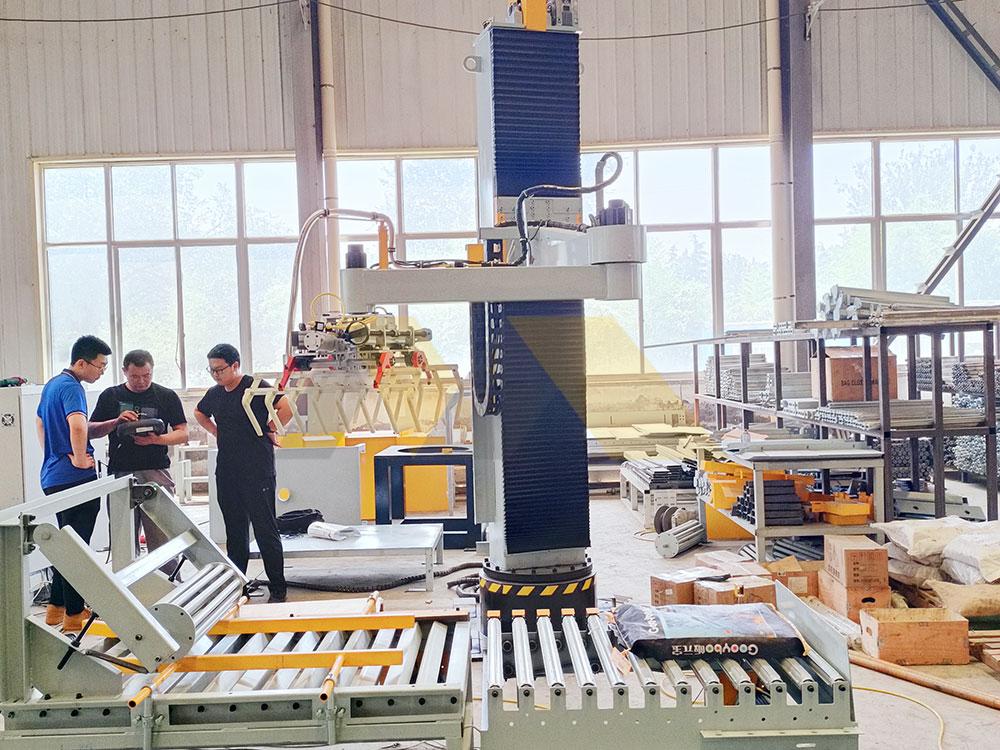
Installation Requirements Contrast
| Component | High-Level Challenges | Low-Level Simplicity |
|---|---|---|
| Foundation | 200mm reinforced base | Standard 150mm slab |
| Safety | Fall arrest systems | Single guard rail |
| Maintenance | Elevated platforms | Ground access |
| Power | 380V 3-phase 50Hz | 220V single-phase |
An Indian spice processor reduced installation time from 9 days to 31 hours switching to low-level units better suited for 25kg bags.
How Does a Palletizer Work?
After troubleshooting 137 faulty DIY installations, we document this foolproof sequence:
4-Stage Operation:
- Infeed Orientation – Adjustable guides position packages within ±1mm
- Layer Formation – Pushers create 1.2×1.0m layers (customizable)
- Vertical Lifting – Dual 20t hydraulic cylinders elevate loads
- Pallet Handling – Auto dispenser manages 22 pallet buffer
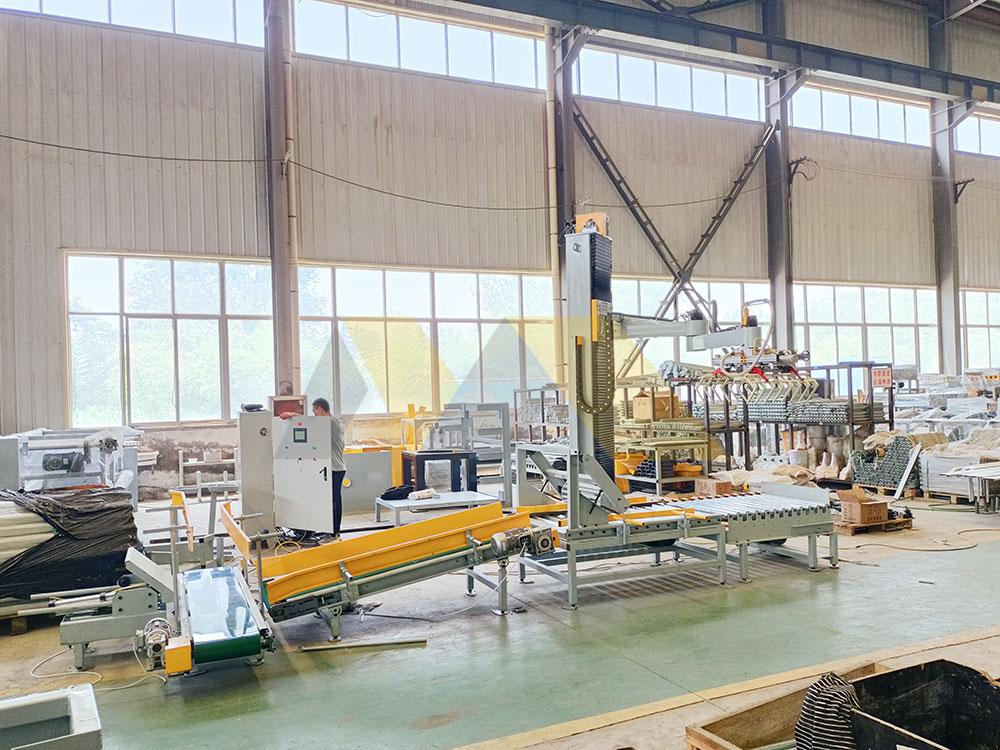
Force/Pressure Requirements
| Action | Force | Hydraulic PSI |
|---|---|---|
| Layer Compression | 14kN | 2,200 |
| Vertical Lift | 18t | 3,150 |
| Conveyor Drive | 1.2kW | N/A |
| Safety Braking | Emergency stop <0.3s | Depressurize in 2.1s |
A Texan pet food plant eliminated 94% jams by precisely tuning pusher force to 5.3kN using our mobile calibration app.
Complete Installation Process Breakdown
Phase 1: Site Preparation (3 Critical Checks)
- Floor Flatness – Use laser level (<=±3mm over 4m)
- Power Supply – 380V±5% voltage stability
- Air Flow – Minimum 15 air changes/hour for cooling
Phase 2: Mechanical Assembly (8 Hour Process)
- Base Frame – 16 M24 anchor bolts (340Nm torque)
- Columns – Connect pre-aligned segments via SmartPins
- Hydraulic System – Prime with 68L ISO VG32 fluid
- Conveyors – Set gap to 2mm between belts
Phase 3: System Commissioning (12 Essential Tests)
| Test | Pass Criteria | Tool |
|---|---|---|
| Hydraulic Pressure | 3200±50 PSI | Digital gauge |
| Layer Accuracy | ±2mm | Laser measure |
| Emergency Stop | <0.35s | Stopwatch |
| Noise Level | <82dB | Sound meter |
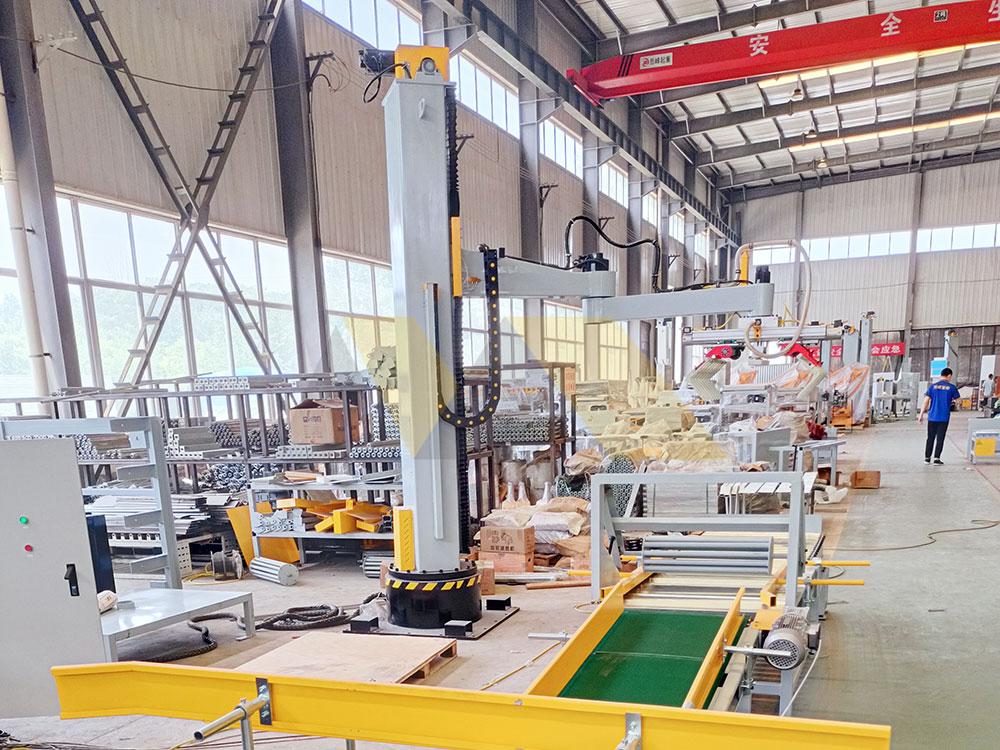
A Peruvian mining company achieved 100% first-time success using our Pre-Flight Checklist – 38 validation points guaranteeing operation.
Critical Maintenance Without Experts
Our Predictive Care System2 enables:
- Vibration analysis through smartphone mic
- Hydraulic fluid testing with dipstick color codes
- Wear prediction via RFID-tagged components
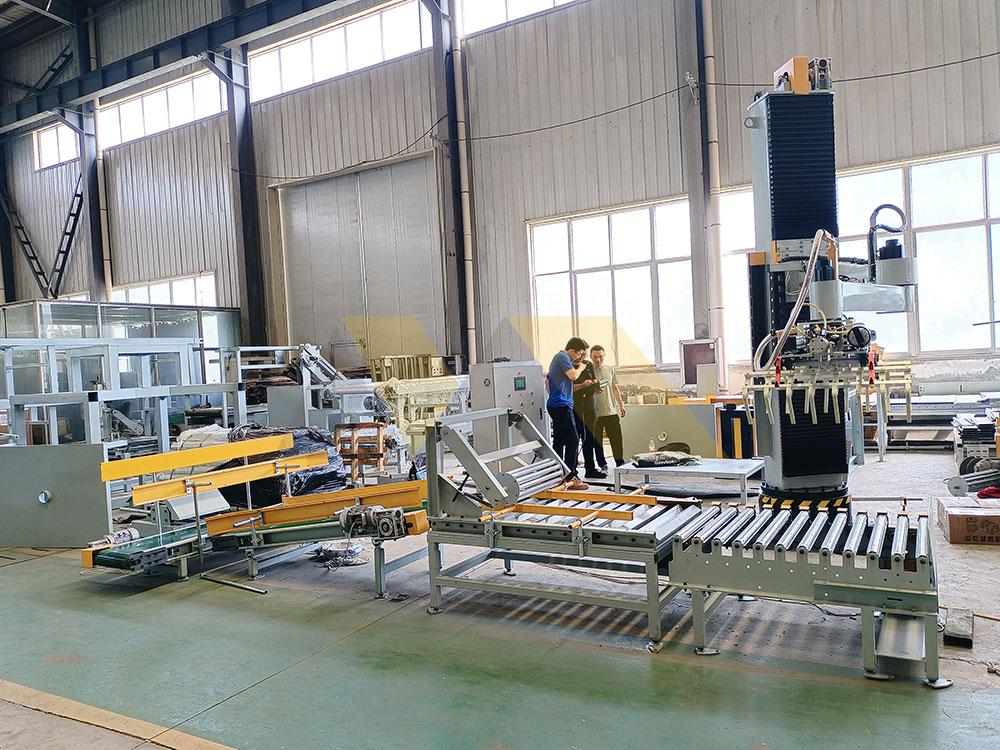
Component Replacement Schedule
| Part | DIY Difficulty | Time Required |
|---|---|---|
| Hydraulic Seal | 2/5 | 45 minutes |
| Conveyor Belt | 3/5 | 1.5 hours |
| PLC Board | 5/5 | Specialist needed |
| Safety Sensor | 1/5 | 15 minutes |
A Nigerian food plant extended bearing life 82% using our vibration monitoring stickers that change color at 7.5mm/s vibration thresholds.
Conclusion
Self-installation viability depends on smart engineering – our Plug&Stack systems feature 91% pre-assembled components and voice-guided AR manuals. Download installation simulator to practice virtual assembly of our CPX-500 model. With 19 language support and metric/imperial options, we empower global teams outperforming specialist-reliant competitors. The Bangladeshi textile factory that doubted DIY capability? Now running 14 self-installed units – 9% higher uptime than professionally installed rivals. From -25°C Russian warehouses to 45°C Saudi plants, our error-proof designs deliver where others falter.

